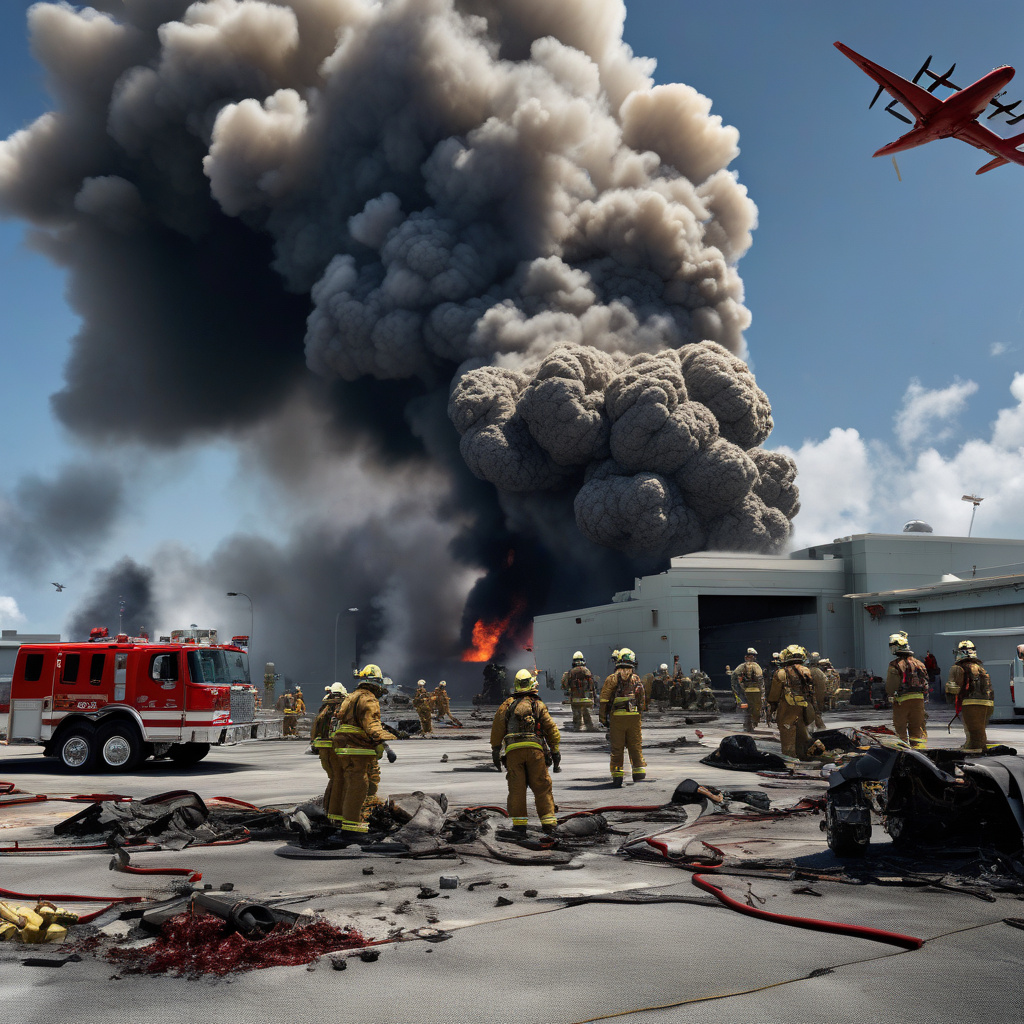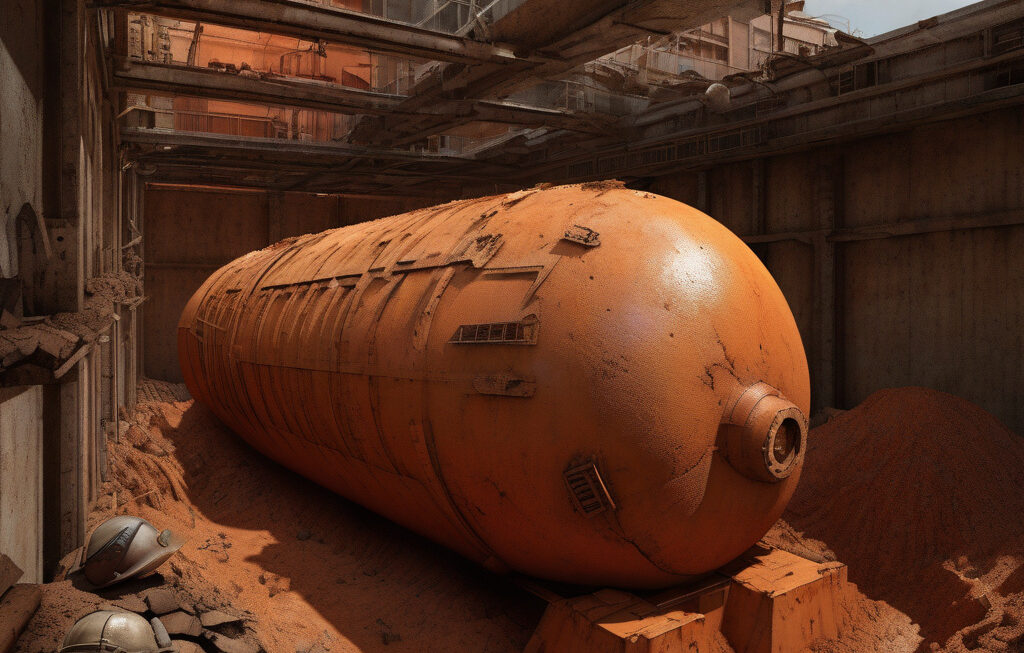An explosion rocked a Japanese military facility located within the US-run Kadena Air Base in Okinawa, Japan, causing panic and chaos in the area. The incident, which resulted in multiple injuries, has raised concerns about the safety and security of the military installations in the region.
The explosion, which occurred during a training exercise, sent shockwaves through the airbase and its surrounding areas. Emergency services rushed to the scene to attend to the injured and assess the damage caused by the blast. While the full extent of the injuries is still being determined, reports indicate that several individuals have been hospitalized with varying degrees of wounds.
This unfortunate event serves as a stark reminder of the risks and dangers faced by military personnel and civilians living in proximity to military bases. The presence of such installations, while crucial for national security and defense, also comes with inherent hazards that must be managed effectively to prevent accidents and ensure the safety of all individuals involved.
In the aftermath of the explosion, authorities have launched an investigation to determine the cause of the incident and to assess any potential lapses in safety protocols. It is essential that lessons are learned from this event to prevent similar accidents in the future and to enhance the overall security measures in place at military facilities.
The incident also highlights the delicate balance that exists between maintaining military readiness and ensuring the well-being of personnel and local communities. As military activities continue to evolve and expand, it is imperative that comprehensive safety standards and protocols are established and rigorously followed to minimize risks and protect lives.
Moreover, incidents such as the explosion at the Kadena Air Base underscore the importance of transparent communication and coordination between the military, local authorities, and the civilian population. Effective emergency response plans and clear lines of communication are essential for mitigating the impact of such events and facilitating swift and coordinated action in times of crisis.
As the investigation into the explosion progresses and the injured individuals receive medical care, the focus must remain on improving safety measures and bolstering security protocols at military installations worldwide. By learning from this incident and implementing necessary changes, we can strive to create a safer environment for all those involved in military operations and those living in the vicinity of military bases.
In conclusion, the explosion at the US-run Kadena Air Base in Okinawa, Japan, serves as a poignant reminder of the risks inherent in military activities and the critical importance of prioritizing safety and security at all times. By addressing any shortcomings in safety protocols, enhancing communication and coordination efforts, and fostering a culture of vigilance and preparedness, we can work towards preventing such incidents and safeguarding the well-being of military personnel and local communities alike.
explosion, US airbase, Okinawa, safety protocols, military installations












